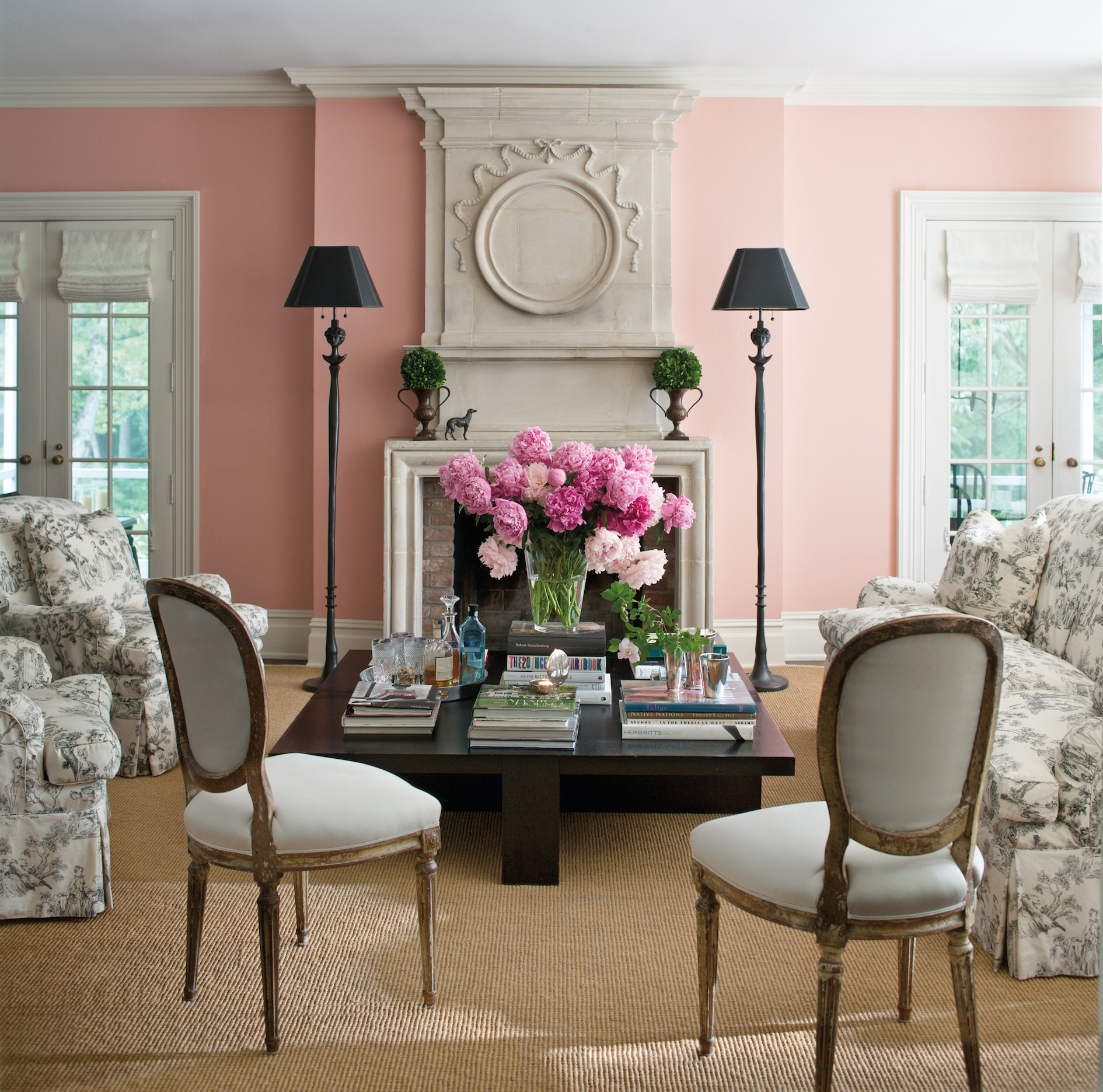
24 Aug In conversation with leading paint specialists Benjamin Moore
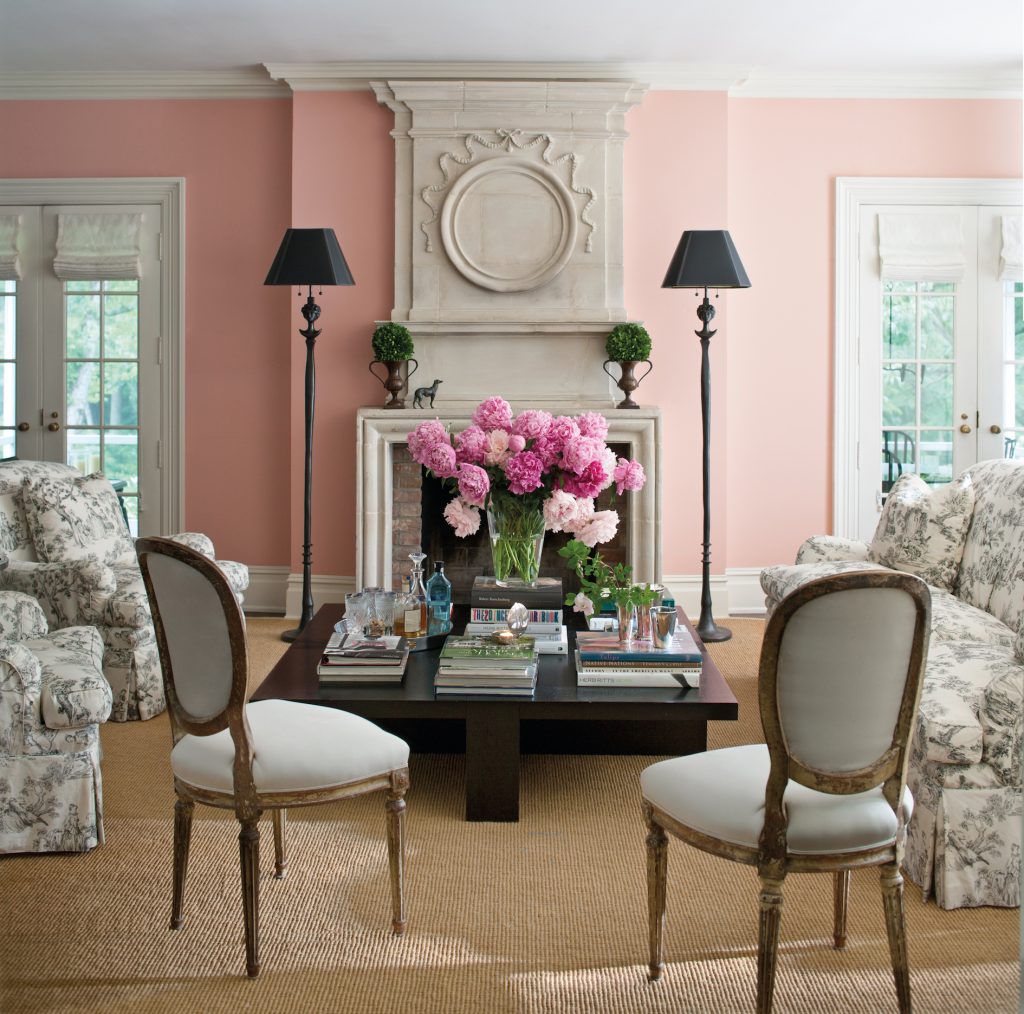
Benjamin Moore featuring walls in Fruit Cake
For those of you who might not already be familiar with Benjamin Moore, it is one of North America’s leading paint brands which is now available in the UK. Renowned for its stunning colours and exceptional quality products, it is a firm favourite within the US design community with as many as 9 in 10 designers using the brand in their projects.
The strength of the brand in North America inevitably meant demand for Benjamin Moore in the UK was growing with designers, luxury retailers and homeowners alike, and so Benjamin Moore appointed Shaw Paints Ltd to be their exclusive distributor in the UK in September 2015.
I spoke with Helen Shaw, Marketing Manager at Benjamin Moore UK to get the lowdown and their insider tips and tricks when it comes to decorating Georgian and Regency properties.
What must you consider when painting a Georgian and Regency property?
The main consideration is the scale of the rooms and the variety of architectural features. High ceilings, large rooms, big windows and beautiful original features such as plasterwork all give the opportunity to be a bit more adventurous with colour choices. Colour palettes can, if desired, be stronger. More colours can be used, especially tonal schemes with gentle gradients of colours used to accentuate architectural features.
What colour palettes work well with period properties?
You can be more adventurous with colour in the larger scale rooms in period properties. Rooms will take darker more dramatic shades easily making a stunning design statement whilst a fully white palette will also add just as much of a dramatic effect.
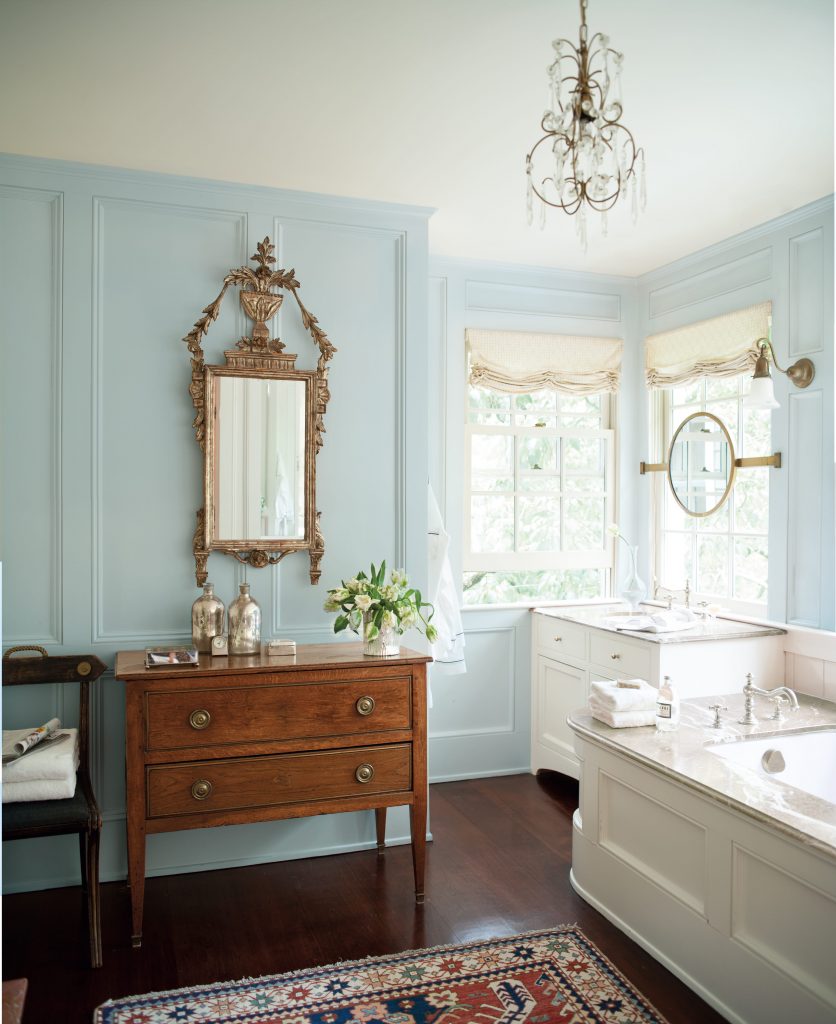
Benjamin Moore paint featuring walls in Breath of Fresh Air
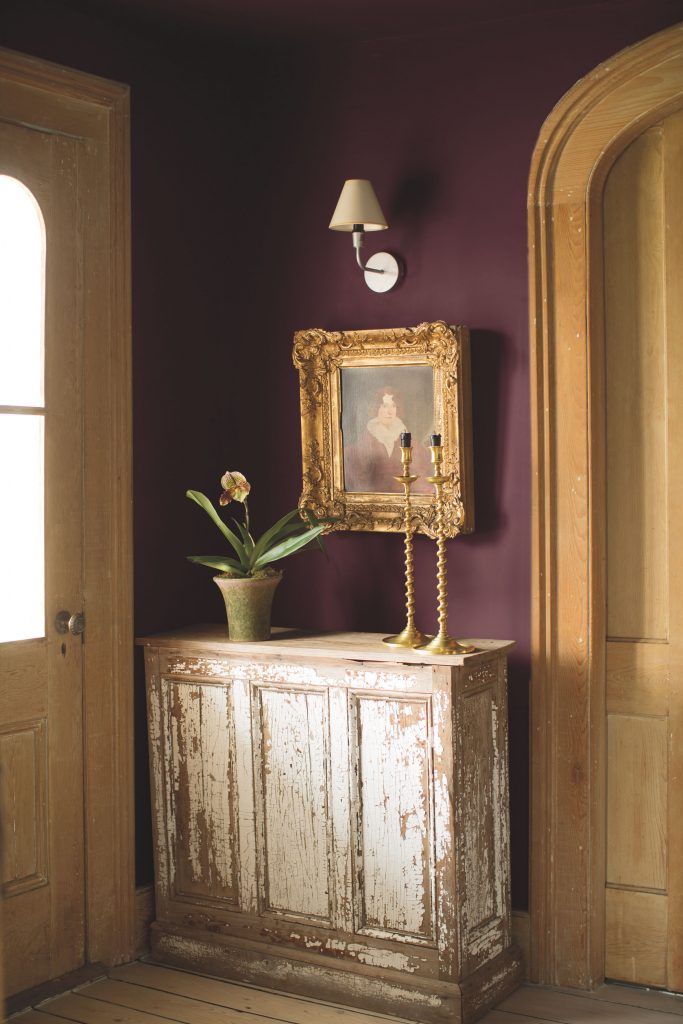
Benjamin Moore with wall in Historical Wall New London Burgundy
One of the best things about quality paint is the pigmentations within but it can also pose the greatest challenge. This is because the pigmentations cause the colour to react so differently in different lights and locations.
What is your advice on selecting and testing the colours for an interior scheme?
Well-crafted colours and high quality paints, even those with high levels of pigment, should not give an appearance of uneven colour or “flip” when the viewing angle changes. However, it is simply a matter of physics that when artificial light or natural daylight illuminates a space, the colours reflected back to our eye do change, because the wavelengths of light hitting the surface are different
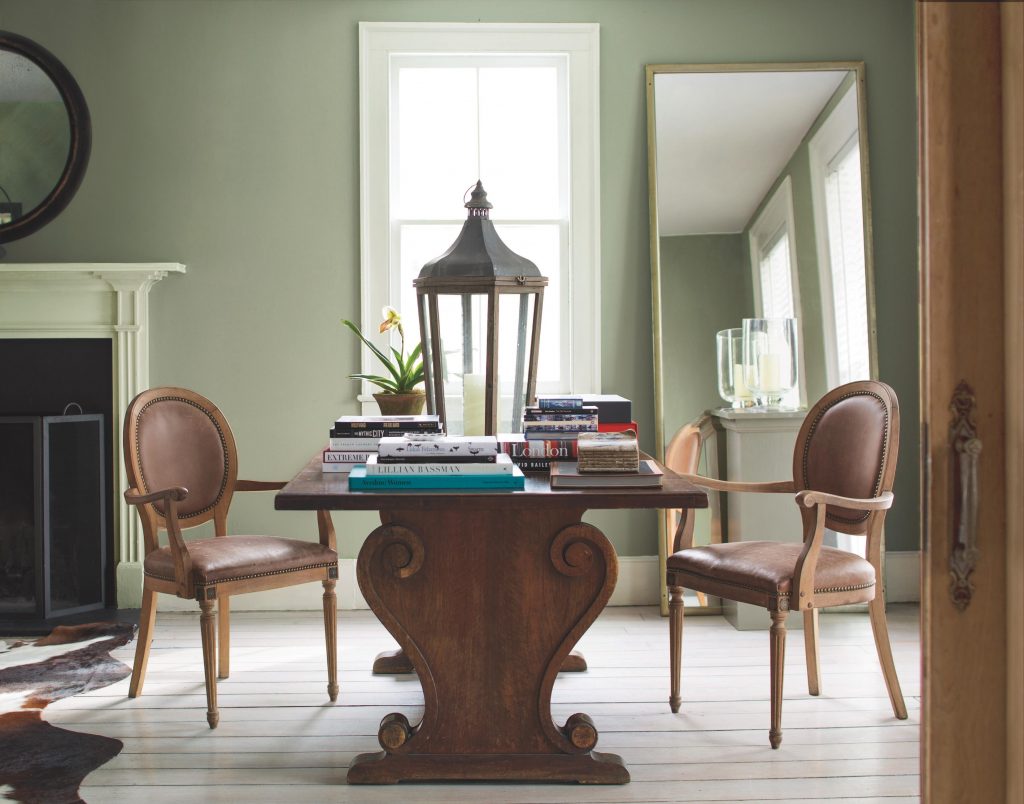
Benjamin Moore featuring walls in Historical Wall Louisburg Green
The best way to take account of this in your colour choice is to firstly determine when and how you use the room and what the lighting is like in those times. For example, if you mainly use a room at night, illuminated with artificial light, then this is when you should make sure you are happy with your colour choice. To determine this, you should paint out a large area of colour, 1 m2 is our recommendation, because the background colour also influences your perception of the new colour and you simply cannot eliminate that effect when judging a colour if the square you paint is small. That is why our colour samples are 470mls, so you can paint larger areas on different walls to get a great impression of the end colour.
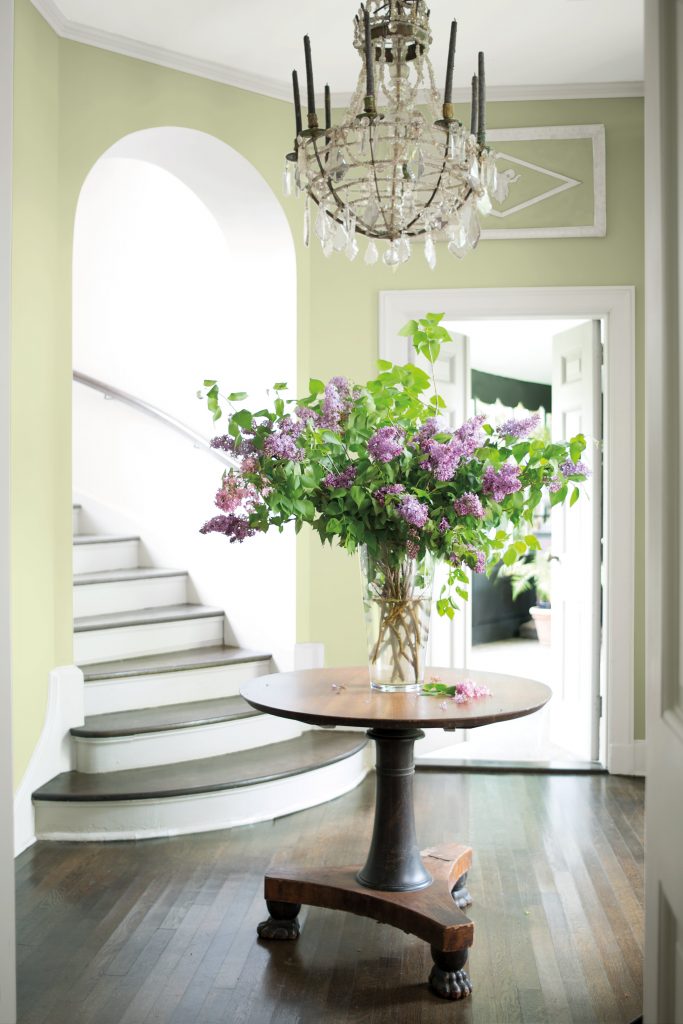
Benjamin Moore featuring walls with Guilford Green
What is Benjamin Moore’s advice when it comes to painting traditional features such as plaster, stuccowork, panelling and gilding etc?
When painting intricate features, one of the biggest problems is build up of paint in one area, which then causes the paint to run. If you load too much paint onto a surface, perhaps through wanting to cut down on the number of coats by applying it in thick layers, the paint will almost certainly run. So always try and apply a uniform even coat and check back regularly to ensure there isn’t any pooling of paint anywhere. Using a small brush and dabbing technique on really fiddly areas can help ensure you get into every nook and cranny.
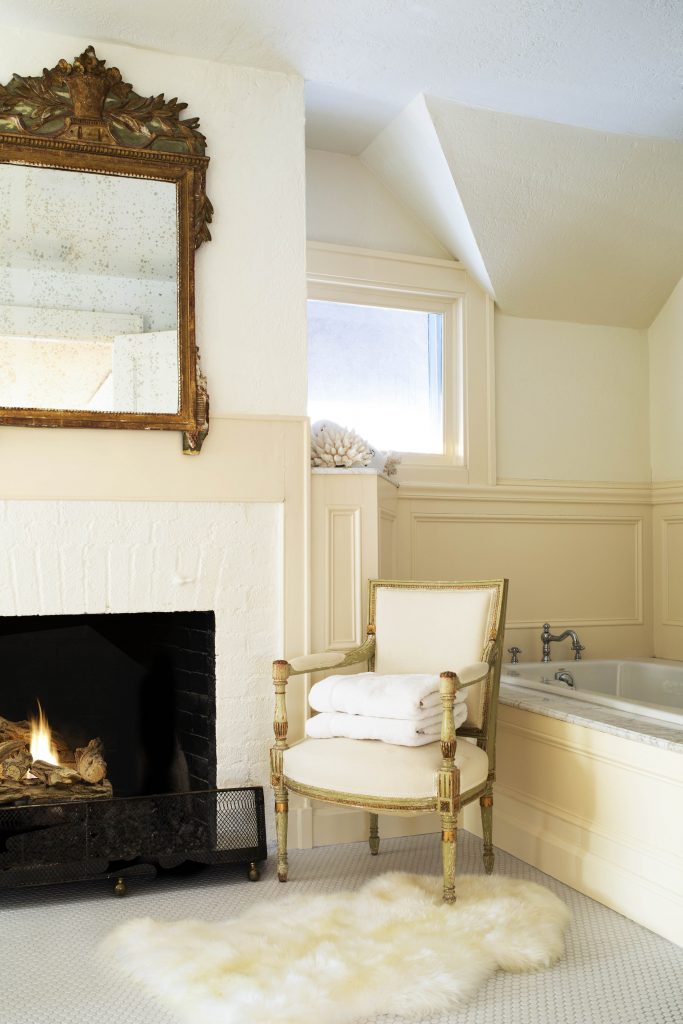
Benjamin Moore lower wall marscarpone, upper wall Ylang Ylang
What are Benjamin Moore’s top painting tips and techniques?
Although it can seem like it takes a long time, always mask off skirtings and door frames with high quality tape to make sure you get a really crisp even line.
Always make sure you wipe down surfaces before painting to make sure you remove any loose particles and dust. This also gives you a chance to see if any stained areas are proving a little stubborn and may need to be primed.
What primers do you recommend?
Self priming paints such as Aura and Regal Select remove the need to spot prime filled areas, since you will not get any of the filled areas “flashing” through, which can be a real problem with regular paints.
What is Benjamin Moore’s Step-by-step guide to painting a room?
There are a few key steps that will help you achieve the best finish for your painted walls.
- To protect against any paint splatters, cover any light fixtures or switches with decorator tape before you begin.
- Begin by painting the room from top to bottom, so start with the ceiling. This means that if any paint accidentally drips on the walls, it won’t matter as you won’t have painted that area yet.
- Slowly paint or cut in the ceiling edge by about 3 – 5 inches to achieve a better quality finish.
- Paint away from the corners 3 inches out across all the ceilings, then cut in around any windows, doors and then skirting boards.
- Then start with two coats on the ceiling, ensuring the first coat is completely dry before beginning the second.
- Paint the walls, window frames and sills, radiators, skirting boards, doorway and then finally the door.
What is the secret to creating a professional finish?
The secret to achieving a professional quality paint job in your rooms is to paint one wall in your room at a time. However, if you have purchased a particularly quick drying paint, we would recommend cutting in the whole room and then filling in each wall one at a time.
What is your advice for using a roller?
When you move onto painting with the roller, you should paint from an unpainted area into the wet cut in area, and then repeat the process down the wall. A technique that will help produce an even finish on your wall is to paint a W shape with the roller, then filler it in with an up and down movement before adding more paint to the roller. This will avoid a dimpling or orange peel effect and will prevent paint splattering. To avoid any other splattering, ensure that you do not overload the roller and don’t press too hard on the roller as this may cause drips.
For more information on Benjamin Moore paint, visit www.benjaminmoorepaint.co.uk or on Twitter @BenjaminMooreUK




No Comments